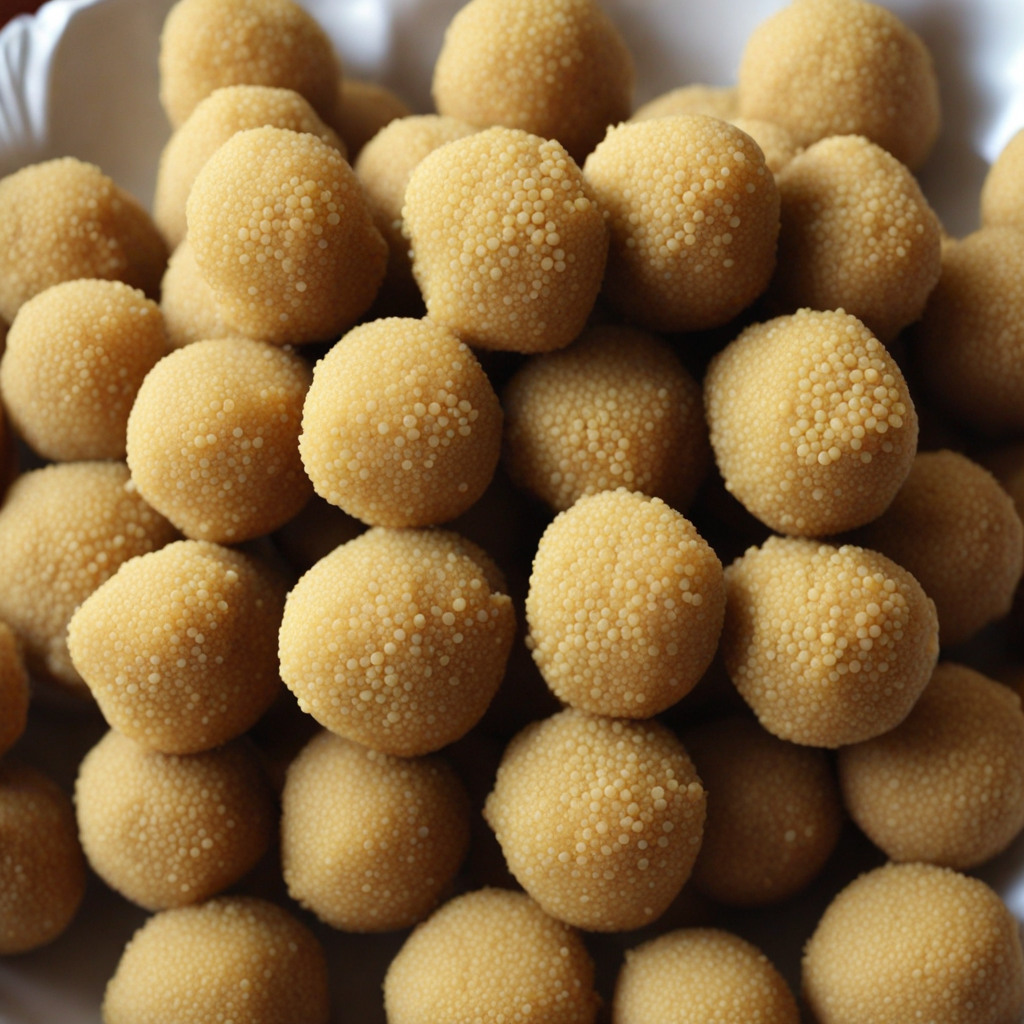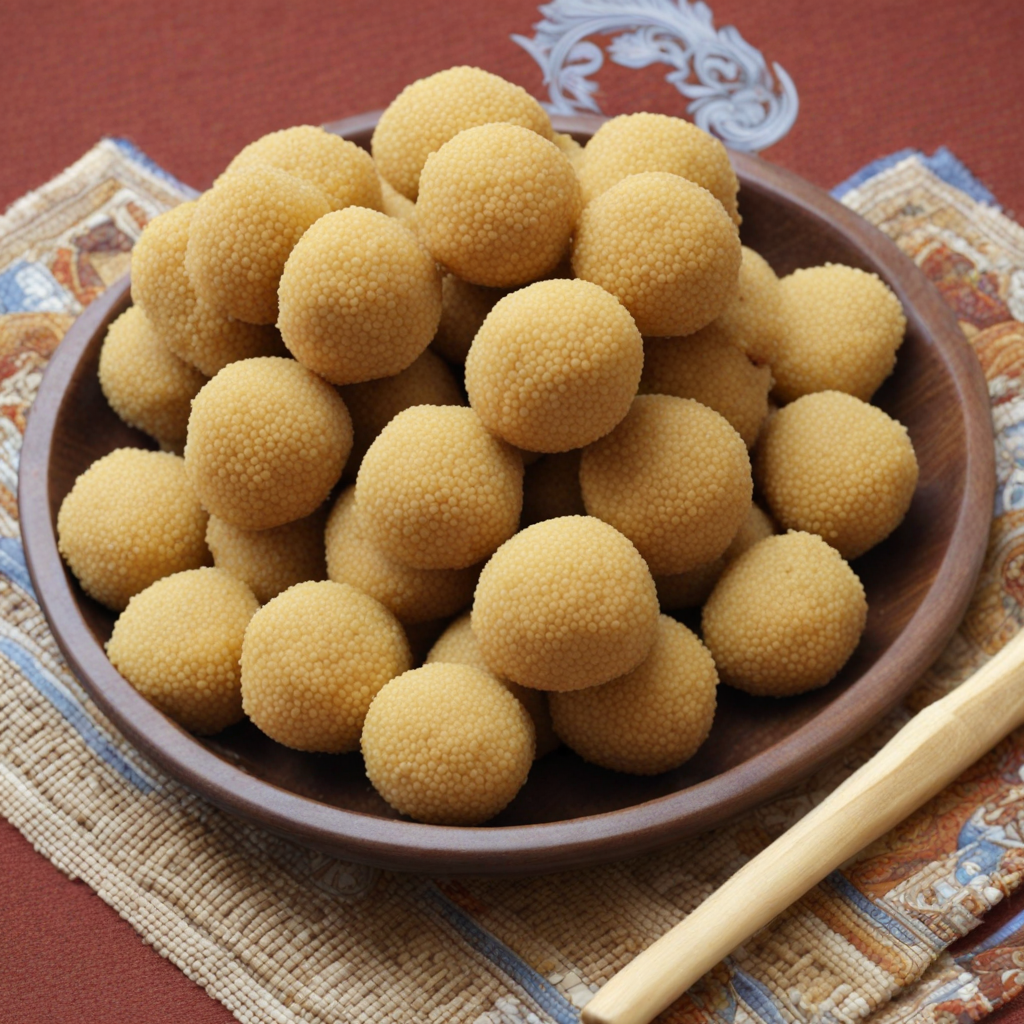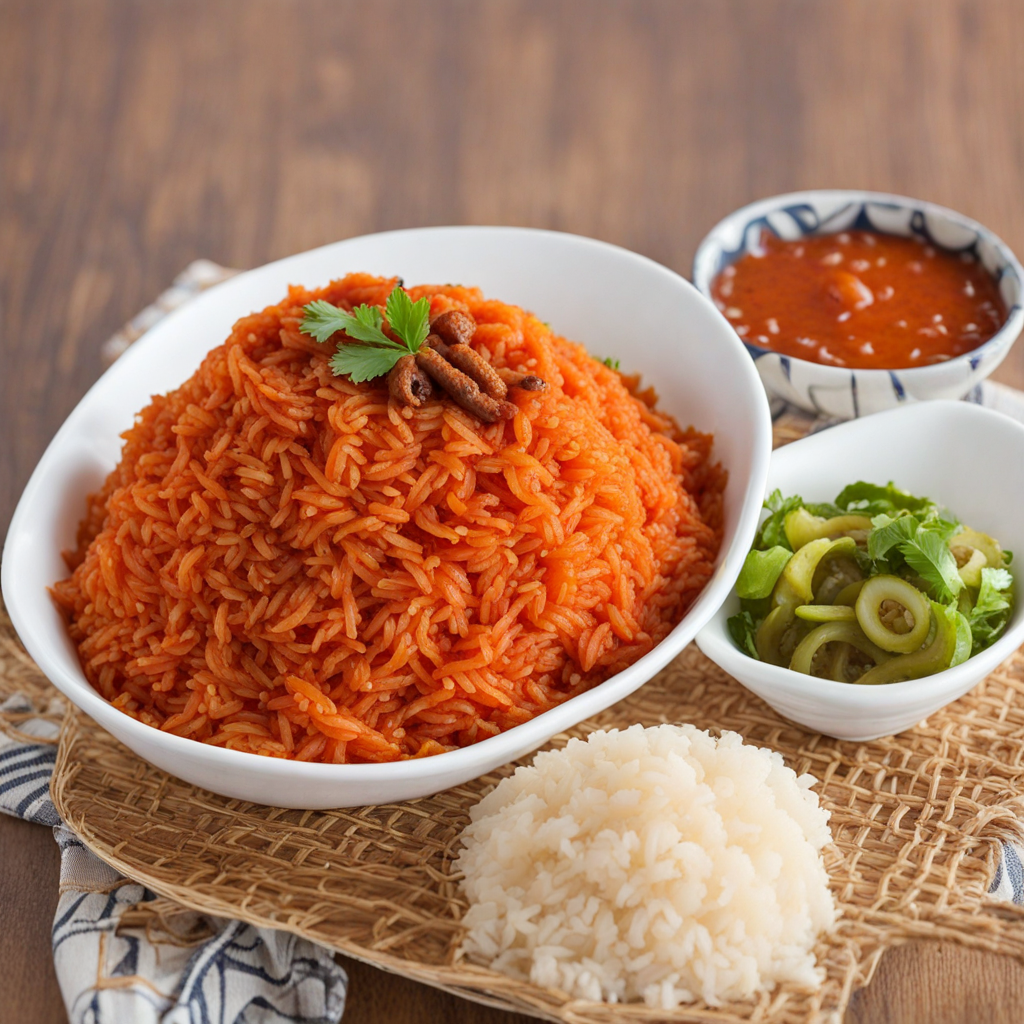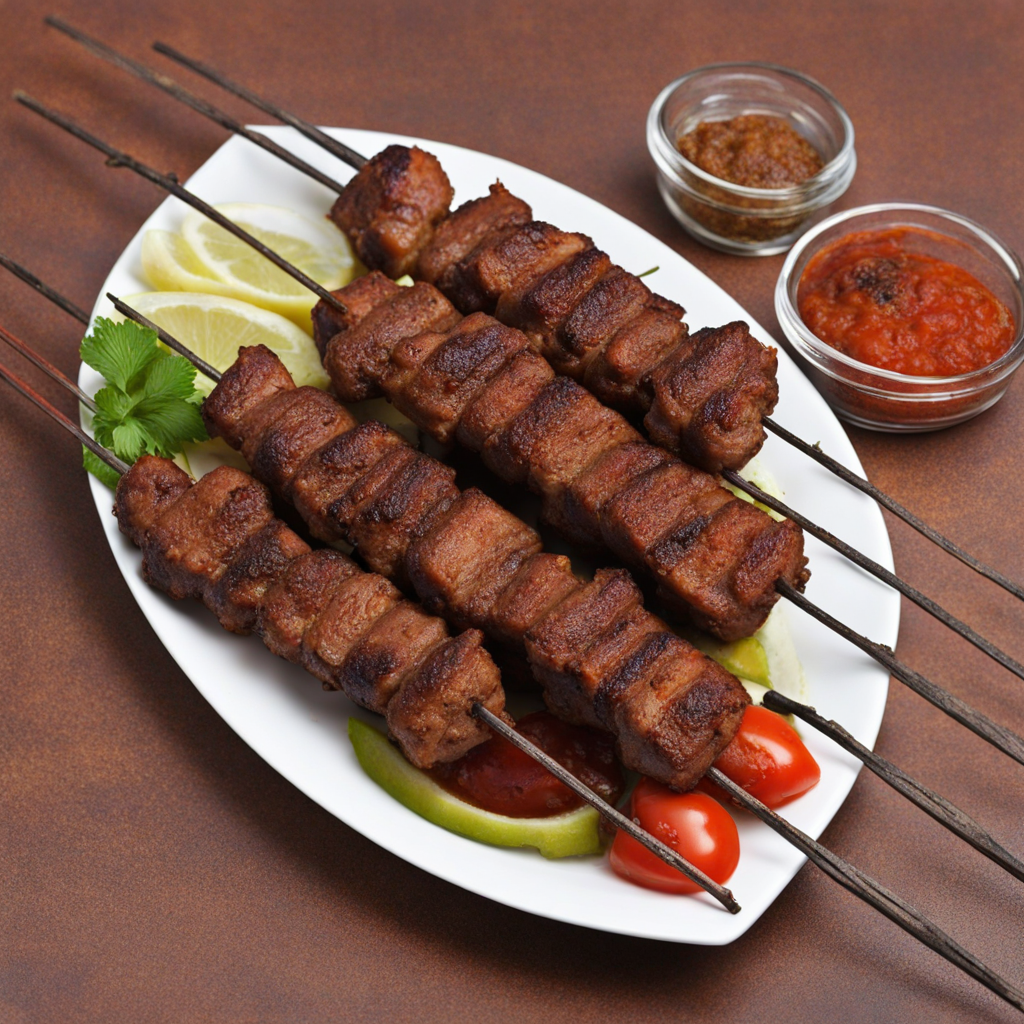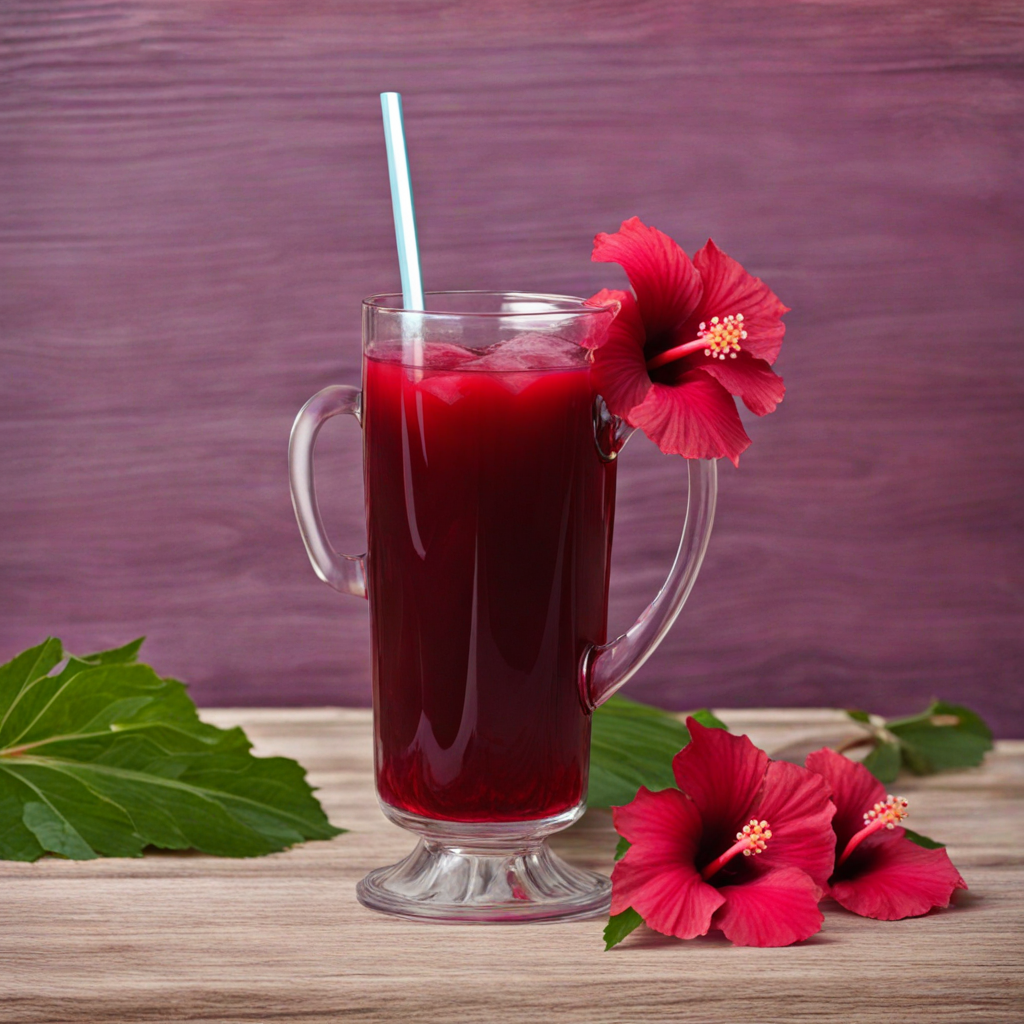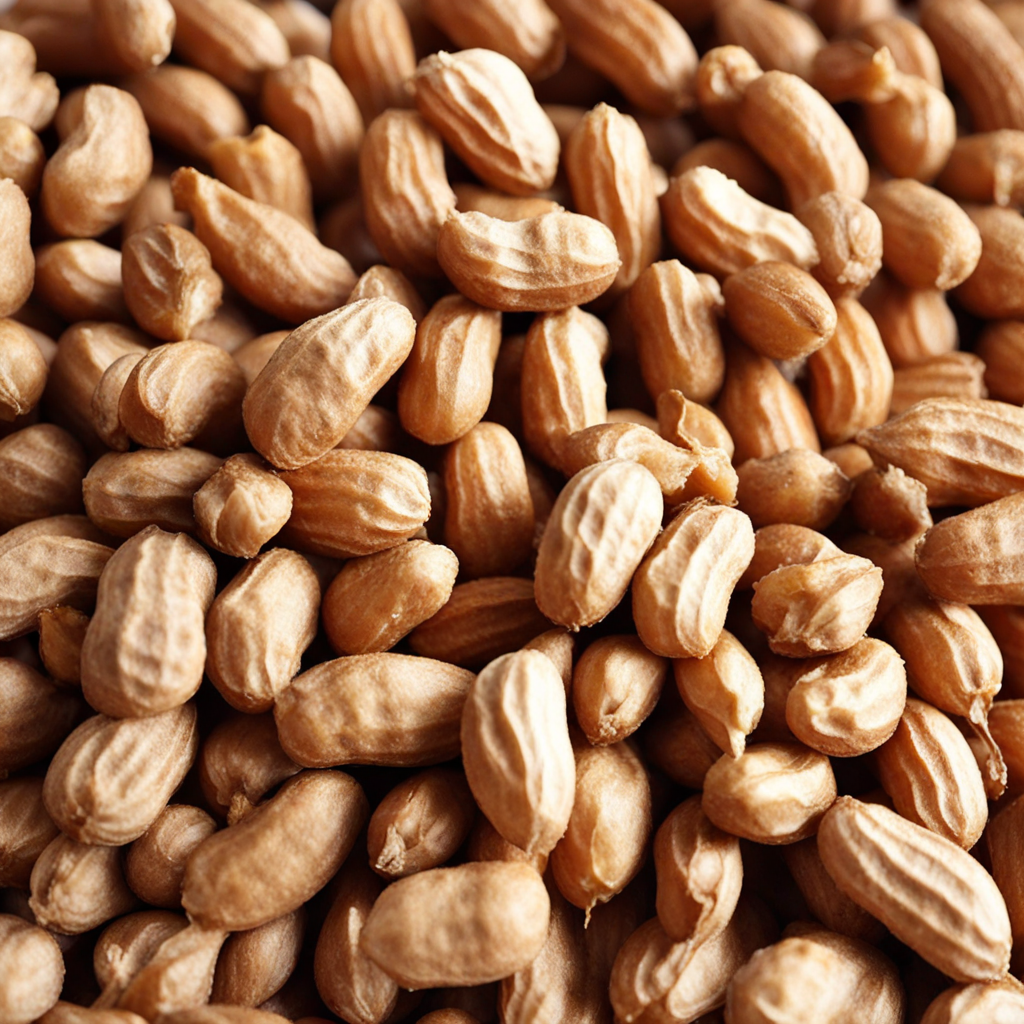Millet Balls
Millet Balls, known locally as "Dawadawa" in Niger, are a traditional dish that showcases the versatility of millet, a staple grain in many West African diets. These small, round morsels are typically made from finely ground millet flour mixed with water to form a dough, which is then shaped into balls and steamed or boiled. The texture is slightly chewy, akin to that of a dense dumpling, making them a satisfying and hearty option for both snacks and main meals. Their neutral flavor profile allows them to pair beautifully with a variety of sauces and stews, enhancing the overall dining experience. What sets Millet Balls apart is their nutritional value; millet is rich in protein, fiber, and essential minerals, making these balls not just a tasty treat but also a wholesome choice. Often served with a spicy tomato or peanut sauce, they absorb the flavors of the accompanying dishes, creating a delightful burst of taste with every bite. The combination of spices and the creaminess of the sauces elevate the humble millet, turning it into a deliciously comforting meal that reflects the rich culinary heritage of Niger. In addition to their delightful taste and texture, Millet Balls are also a symbol of community and tradition in Niger. Often prepared for gatherings and celebrations, they are a dish meant to be shared, bringing people together around the table. Whether enjoyed as part of a festive feast or a casual family meal, Millet Balls offer a unique glimpse into the culture and flavors of Niger, inviting food lovers to explore the vibrant and diverse culinary landscape of the region.
How It Became This Dish
Awo: A Culinary Gem of Niger #### Origins of Awo Awo is a traditional dish that hails from Niger, a landlocked country in West Africa known for its diverse ethnic groups, rich cultures, and vibrant culinary heritage. The origins of Awo can be traced back to the indigenous peoples of Niger, particularly the Hausa and Zarma-Songhai communities. The dish is deeply rooted in the agricultural practices of these communities, reflecting their reliance on local crops and ingredients. The primary component of Awo is millet, a staple grain in Niger, which is well-suited to the region's arid climate and poor soil conditions. Millet has been cultivated in West Africa for thousands of years, with evidence suggesting its domestication dates back to around 2000 B.C. This ancient grain not only provides sustenance but also plays a significant role in cultural and social practices. #### The Making of Awo Traditionally, Awo is made by boiling millet flour with water to create a thick, porridge-like consistency. The mixture is then stirred continuously until it reaches a smooth, cohesive texture. The dish is often served with various accompaniments, including sauces made from vegetables, meat, or fish, which adds flavor and nutritional value. In some variations, Awo may also incorporate other local ingredients such as baobab leaves, which are rich in vitamins, or groundnut paste for added richness. The preparation of Awo is often a communal effort; family members gather to participate in the cooking process, reinforcing social bonds and cultural traditions. #### Cultural Significance Awo holds a place of pride in Nigerien culture, symbolizing hospitality and community. It is commonly served during family gatherings, religious celebrations, and other significant events. The dish embodies the values of sharing and togetherness, as it is typically enjoyed in large portions that encourage communal eating. In addition to its role as a staple food, Awo is also entrenched in the agricultural calendar. The harvest season, when millet is plentiful, is a time of celebration and gratitude. Awo is often featured in festivities that mark these occasions, serving as a reminder of the importance of agriculture and the bounty of the land. The dish also carries spiritual significance. In many cultures, food is seen as a means of connecting with ancestors and the divine. Awo is often offered in rituals and ceremonies, reinforcing its role as more than mere sustenance; it is a link to the past and a way to honor cultural heritage. #### Evolution Over Time Over the years, Awo has evolved, adapting to the changing social, economic, and environmental landscapes of Niger. As urbanization has increased, so too has the availability of ingredients, leading to variations in the traditional recipe. While the basic preparation remains unchanged, modern cooks may incorporate new elements such as imported spices or vegetables from local markets, reflecting the blending of traditional and contemporary culinary practices. The globalization of food has also influenced Awo's preparation and presentation. With the rise of social media and food blogs, traditional dishes like Awo have gained visibility, sparking interest among younger generations. This exposure has fostered a renewed appreciation for traditional cooking methods and ingredients, encouraging a revival of interest in local cuisine. Moreover, the challenges posed by climate change and food security have prompted discussions around sustainable agricultural practices. Initiatives focusing on millet cultivation and promoting traditional grains have emerged, highlighting the importance of maintaining local food systems. Awo, as a dish rooted in millet, has become emblematic of these efforts to preserve culinary heritage while addressing contemporary issues. #### Awo in Contemporary Context In recent years, Awo has transcended its traditional boundaries, finding its way into the culinary scene beyond Niger. Chefs and food enthusiasts around the world have embraced the dish, often presenting it in innovative ways that celebrate its origins while appealing to modern palates. This fusion of traditional and contemporary cooking styles has sparked interest in West African cuisine as a whole, with Awo serving as a flagship dish. Food festivals and cultural events dedicated to African cuisine have also contributed to the global recognition of Awo. These gatherings not only showcase the dish itself but also educate attendees about its cultural significance, nutritional value, and the stories behind its preparation. This newfound appreciation has encouraged diaspora communities to preserve and pass down their culinary traditions, ensuring that Awo remains a vital part of their cultural identity. #### Conclusion Awo is more than just a dish; it is a representation of Nigerien culture, history, and resilience. Its origins in the ancient agricultural practices of the region speak to the enduring connection between food and community. As it continues to evolve, Awo serves as a reminder of the importance of preserving culinary traditions in an ever-changing world. The journey of Awo—from a staple food for indigenous communities to a dish celebrated in the global culinary landscape—reflects the dynamic nature of food as a cultural artifact. It embodies the stories, values, and aspirations of the people of Niger, making it a true culinary gem that deserves recognition and appreciation. As we savor Awo, we not only enjoy its unique flavors but also partake in a rich tapestry of history and culture that spans generations.
You may like
Discover local flavors from Niger


